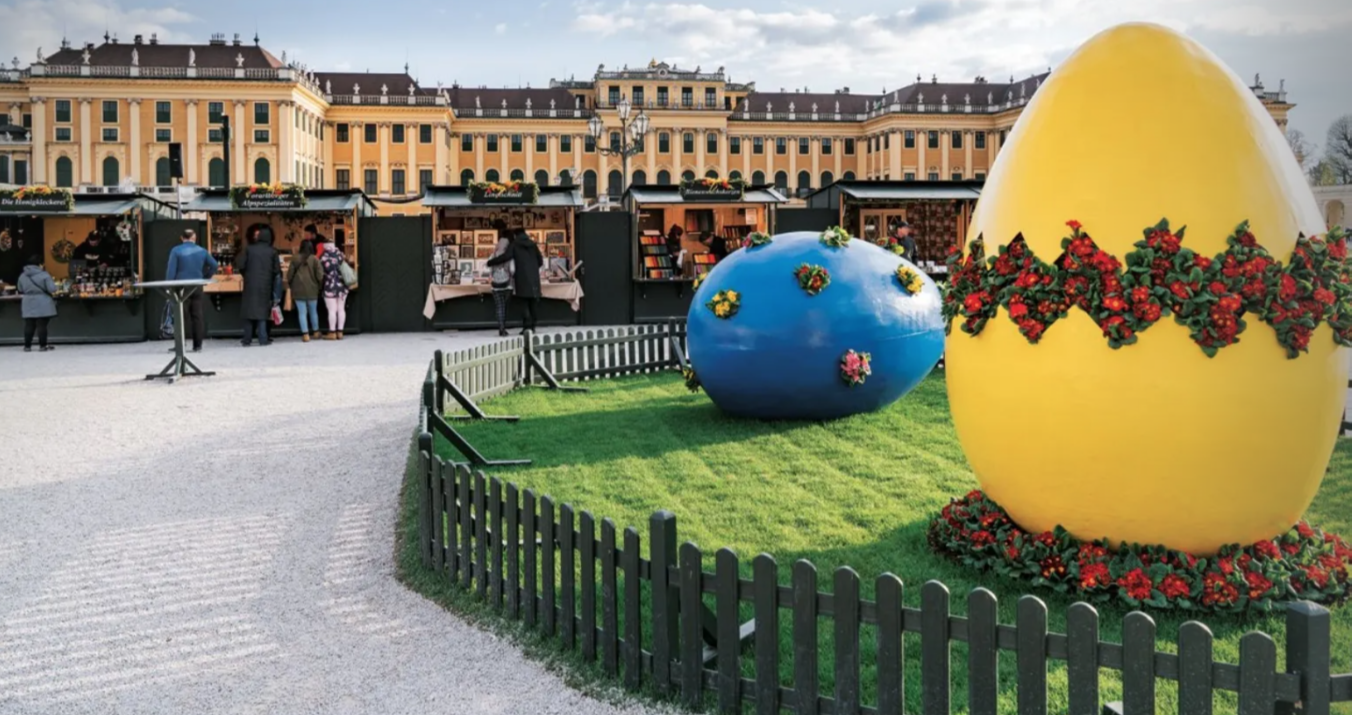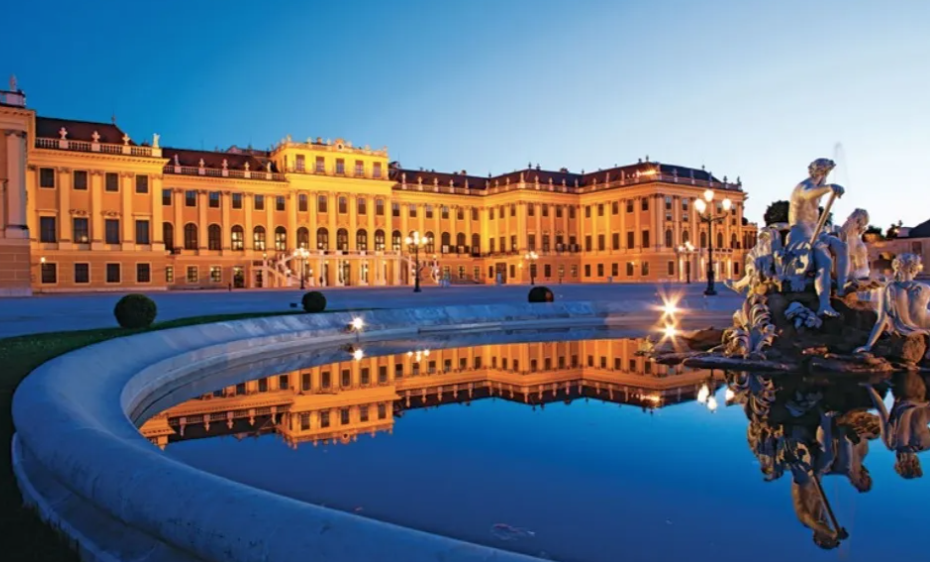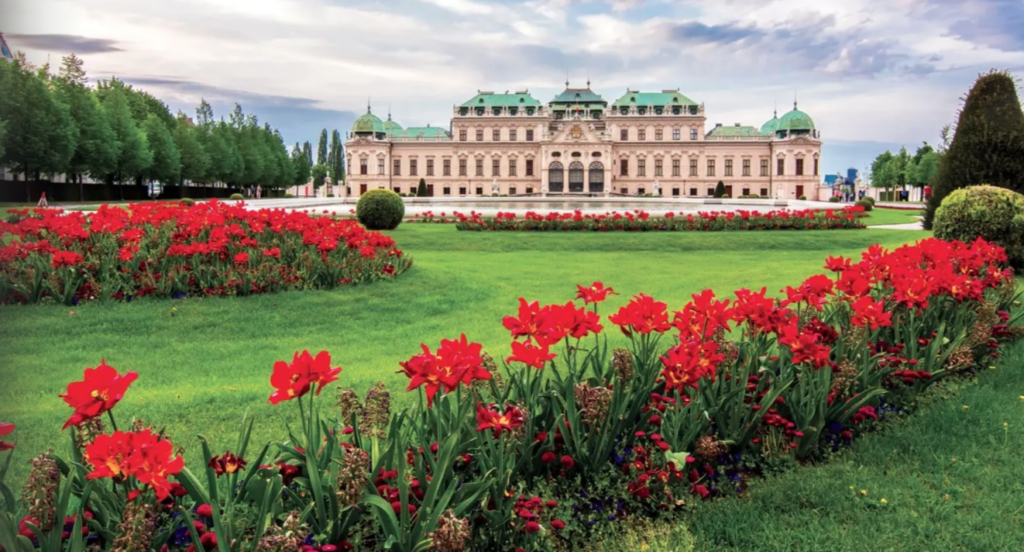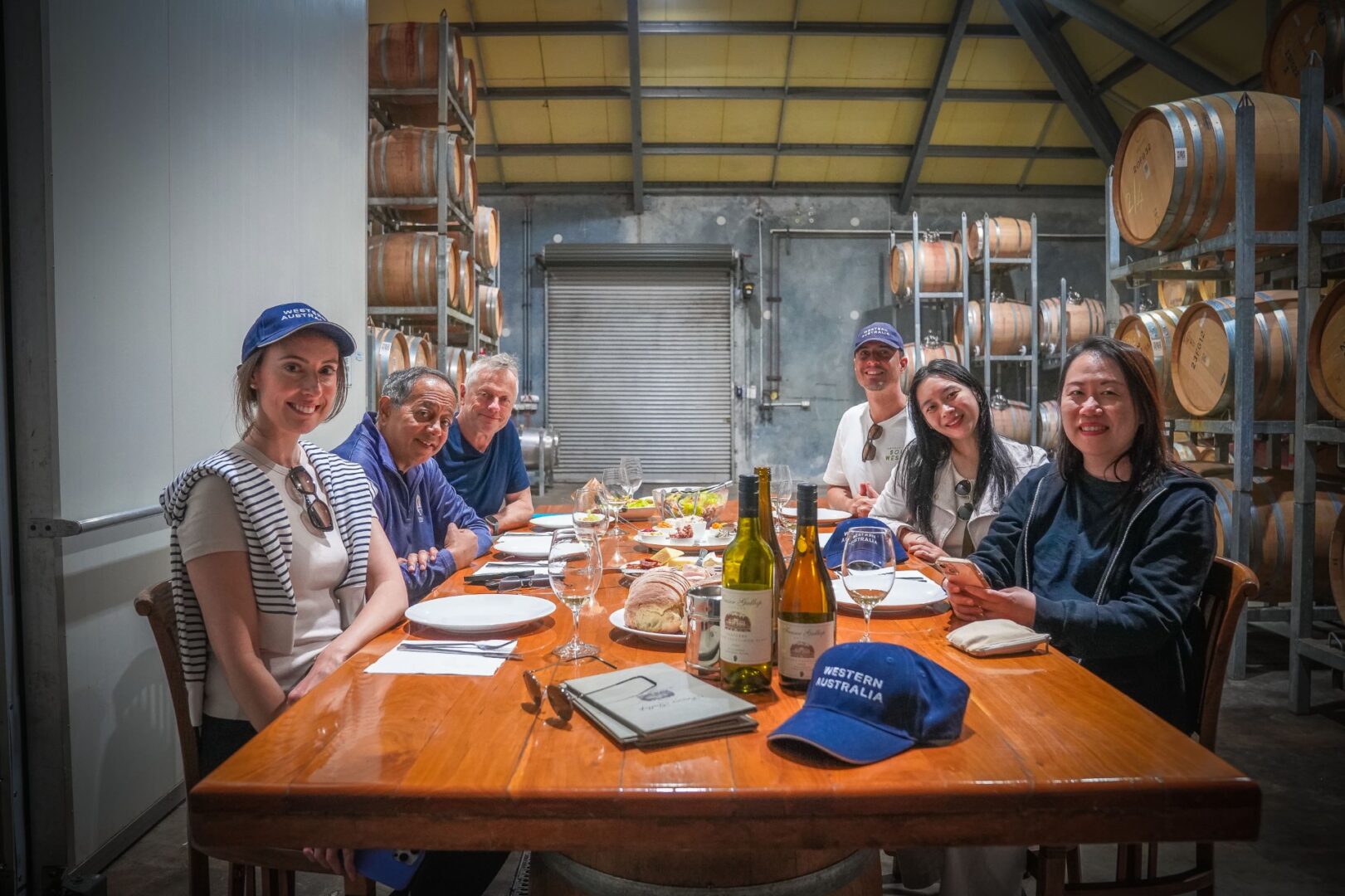
The many wonders of Vienna
This article appeared in The Leela Magazine on their Winter ’23 edition. You can see the original digital print here.
Vienna’s artistic and intellectual legacy was shaped by both its natives and its transplants including Mozart and Beethoven. The city is known for its imperial palaces, historic buildings and museums displaying works by Gustav Klimt, Egon Schiele and many other Austrian painters.
Vienna, with its understated charm, is often bypassed by first-time visitors to Europe in search of the glitter and glory of Paris, London, Rome and Berlin. And yet with its relaxed coffee house culture, its enchanting art museums and its uplifting classical music concerts, Vienna is a place to slow down, to reflect and to be grateful. In fact, according to The Economist index, Vienna remains the world’s most liveable city, a rank which it has held for a remarkable eight of the past ten years.
Today the capital of the truncated Republic of Austria, Vienna has evolved from its grand beginnings as an imperial city, first as the seat of the Holy Roman Empire from 1556 to 1806 and then as the capital of the Austro-Hungarian empire until 1918. Evidence of this rich historical legacy is everywhere in a city renowned for its imperial architecture but concentrated in the Innere Stadt (District I) which is surrounded by the Ringstrasse, a grand circular boulevard built over the remains of the old city walls. The best way to explore all these monuments, buildings and parks is to walk but public transportation in the form of an excellent network of trams, buses and metro (U-Bahn) is also easily and cheaply available.

Given the structure of the city, the best place to start is right at its very centre which is dominated by the great cathedral of St. Stephen’s, a masterpiece of Gothic architecture. It is the largest and most famous church in Austria and its South Tower soars to a height of 137m — slog up 343 steps to the top to get some panoramic views of the city. The North Tower (58m) was never completed as the builders ran out of money but it houses the largest church bell weighing 20 tonnes. Particularly noteworthy is the sharply sloping roof of the cathedral covered with 230,000 glazed tiles arranged in the pattern of a double-headed eagle representing the Hapsburg empire on one side and single eagles representing modern-day Austria and Vienna on the other. A sublime way in which you can kill two birds with one stone and get to admire the magnificent altars, sculptures and paintings of the interior and hear some superb classical music is to attend a Vivaldi violin concert at the cathedral in the evening.
Vienna is indisputably the world’s capital as far as Western classical music goes. The sponsorship of the Hapsburg dynasty which ruled Austria from 1282 to 1918 and many other imperial aristocrats created an environment which attracted many of the world’s greatest composers to Vienna. Among them were Haydn, Beethoven, Mozart, Schubert and Strauss Jr., many of whose most famous works were inspired by the creative ferment of this sparkling capital. A great place to start your education would be the Hauz der Musik only a few minutes’ walk from Stephansplatz. This museum of sound has some amazing exhibits and interactive displays which are both informative and fun. Each of the great composers has a room devoted to him with sheet music, musical instruments and personal artefacts. Among the AV displays, check out the Waltz Dice game where you can compose your own waltz and the VR screen where you can personally conduct the Vienna Philharmonic.

But better than all that — why not experience the real thing and join 10,000 other music enthusiasts who listen to live classical music in Vienna every evening? No other city in the world can offer such a unique opportunity and I would recommend the Vienna Mozart Orchestra playing in historical costumes at the Musikverein. The Musikverein is a beautiful concert hall built in the Neoclassical style of an ancient Greek temple and this Mozart concert was held in the Brahms chamber music hall with its exquisitely gilded and painted roof and lonic columns. We sat transported into another world as the 30-member orchestra played from all of Mozart’s famous operas — ‘Don Giovanni’, ‘The Marriage of Figaro’ and ‘The Magic Flute’ accompanying the two actors who gave a virtuoso acting and singing performance.

As far as cultural life goes, you are completely spoilt for choice in Vienna with over 100 museums to choose from. In fact, one of the trendiest places to hang out is the MuseumsQuartier, a remarkable ensemble of art museums, cafes, restaurants and bars built inside the former imperial stables just outside the Ringstrasse. One of the crown jewels in this cultural hub is the Leopold Museum, the brainchild of a private collector for whom the museum is named. The museum is most famous for having the largest collection of paintings, graphics and manuscripts of Egon Schiele, pioneer of the breakaway Vienna Modernist movement (1890-1918). Also, well-represented are the striking works of his contemporaries like Richard Gerstl, Arnold Schoenberg and Gustav Klimt and designers of avant-garde furniture, tableware, glassware and jewellery like Josef Hoffman and Koloman Moser.
Further away to the south of the Ringstrasse is another cultural gem of Vienna, the Belvedere Palace originally built as the summer residence of Prince Eugene of Savoy (1663-1736), a Frenchman who was one of the most successful military commanders that served the Hapsburg dynasty. The palace complex consists of two grand buildings built in the Baroque style, the Upper and Lower Belvedere facing each other and separated by almost a kilometre of symmetrically landscaped gardens with tiered fountains, sculptures and cascades.

After the Prince passed away, the palace was converted into one of the first open museums in the world by Empress Maria Theresa, putting on public display the imperial collections of art. Today, the permanent collection boasts 400 works covering 900 years of Austrian art history from the Middle Ages to the Modernist period and is complemented by works by Vincent Van Gogh and Claude Monet. Don’t miss the 24 paintings by Gustav Klimt, the largest collection of his work in the world including his most famous one The Kiss depicting the painter and his muse Emilie Flöge.
The final stop on our short tour of this magnificent city was the marvelous Schönbrunn Palace, the Hapsburg riposte to Versailles, just a short metro ride on the U4 line from the city. Originally designed as a hunting lodge, it was later expanded under succeeding monarchs to reach its zenith as the favourite summer residence of Empress Maria Theresa. Named after the natural spring that once flowed through the grounds and was the water source for the court, the yellow ochre palace has over 1,400 rooms of which 40 are open to the public. Take the Grand Tour which walks you through the imperial apartments and reception rooms with their exquisite decorations and furnishings. The pièce de resistance is the Great Gallery whose magnificent interior of gilt stucco decorations and exquisite ceiling frescos is simply stunning. Afterwards you can wander through the Great Parterre, the palace’s most extensive garden with its tree-lined avenues, lawns and flowerbeds, passing the grand Neptune fountain and climb up to the Gloriette with its triumphal arches and the best views of Vienna and surrounding countryside. And if you are still bewitched by the music, you can end your visit with an evening concert at the Orangerie where Mozart himself performed in 1786.
![]()







